Just say Roomba to turn on the bulbs of many customers who see the purchase of a robot vacuum cleaner as a dream to automate house cleaning. A bit like when we say Scottex to indicate blotting paper or Scotch when we simply need adhesive tape, over the years Roomba has become commonly used to indicate this category of product: a great fortune for iRobot, the company that produces it. , which has achieved practically free and unlimited advertising.
The merit goes above all to the fact that it was the first to arrive on the market but, as often happens, time has allowed competing companies to launch an alternative solution that, year after year, has approached technologies by making the distance in the performance between one vacuum cleaner and another.
We say this because in recent months, thanks to the possibility of carrying out a prolonged test, we have been able to compare two different vacuum cleaners that share part of the name: specifically the serial number, 605, which labels the iRobot Roomba vacuum cleaner and the Deebot by Ecovacs, which we told you about in depth through the review published in November.
The comparison, as we said, led to a final judgment that does not seem so obvious. We do not ask you to jump to conclusions to find out: for the same price (more or less, it depends on the period and on the offers) it is advisable to choose the Ecovacs Deebot 605. Here because.
Introduction
Before proceeding with the analysis and comparison between the two models it is good to specify first of all that we are dealing with two old generation robot vacuum cleaners. For the Deebot we are talking about at least a couple of years while the launch of the Roomba dates back to four years ago. Today there is clearly better, both in terms of power and, above all, for the intelligence of the systems that govern them. Clearly, the evolution of these new solutions brings the purchase price to much higher levels than those in which these two robots are positioned, which turn out to be a valid choice for those who approach this world and want to obtain an excellent compromise from the point of view. in view of the automation of cleaning in relation to the investment required to bring it home.
Furthermore, it is clear that the comparison was deliberately carried out in the same period and in the same environments, therefore without differences from the point of view of furniture and obstacles. We subjected them to daily cleaning on various days of the week in order to have a picture as broad and complete as possible, then superimposing the results of one and the other for a comparison as realistic as possible.
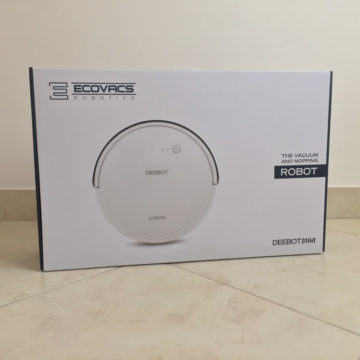
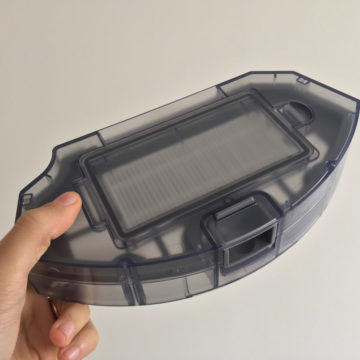
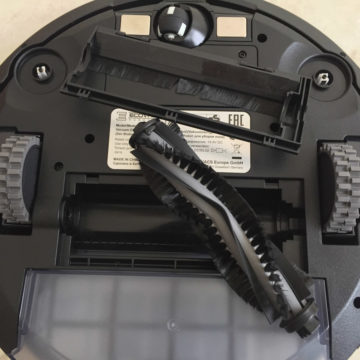
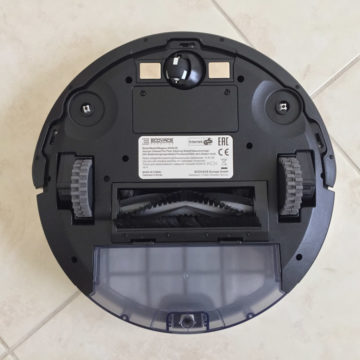
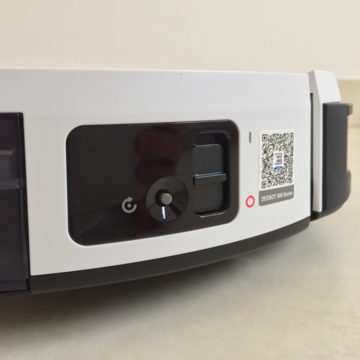
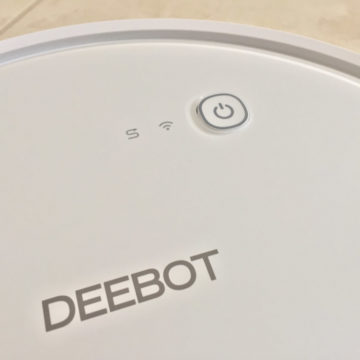
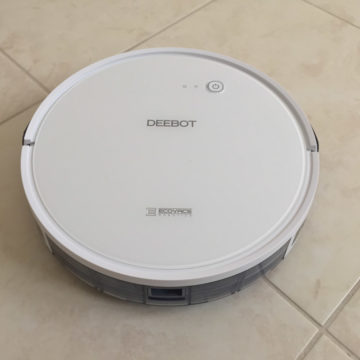
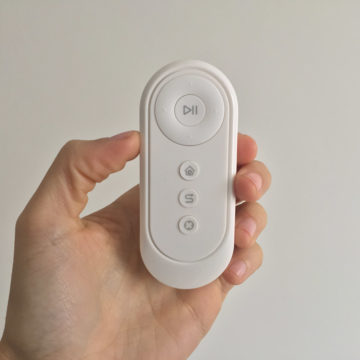
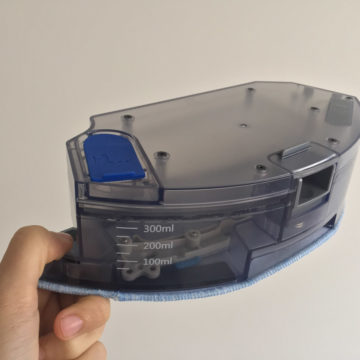
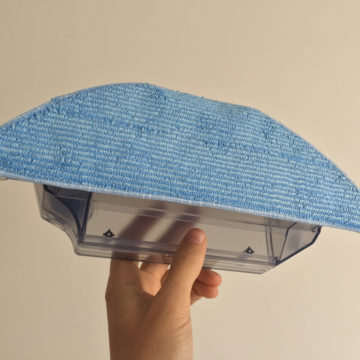
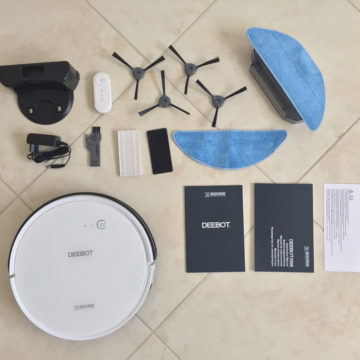

How they are made
Both are mainly made of polycarbonate, a material that in the best is sometimes replaced by glass, at least for the upper surface. Here, however, as mentioned, there is plastic a little everywhere with a first aesthetic difference in favor of the Deebot, which appears more linear and minimalist, and a second divergence from the point of view of solidity, also here to the detriment of the Roomba whose components, especially as regards the front sensor used as a guide that appears a little more dancer.
Below they are almost identical while from the point of view of ease of use given by the construction, although the Roomba tank is easier to extract it is also the one from which dirt comes out more easily during the emptying operation, dictated by the fact that a most of it is completely open.
The cleaning of this component is rather easy for both but the parts of the Deebot are easier to wash thanks to the absence of mechanical or metal parts that could oxidize in the long run (see for example the fan in the Roomba drawer).
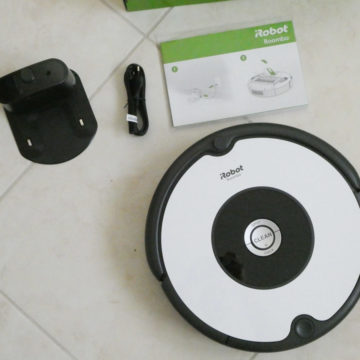
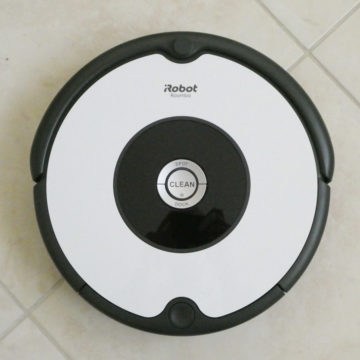
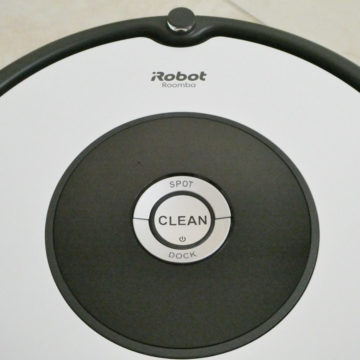
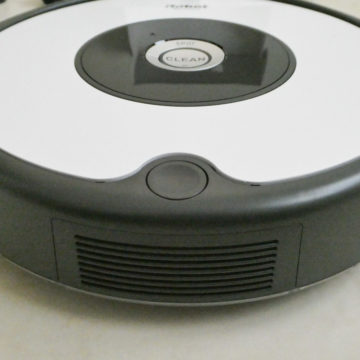
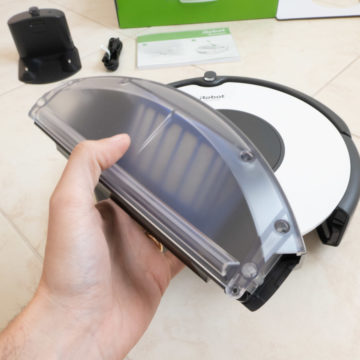
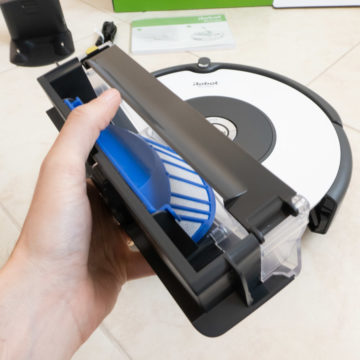
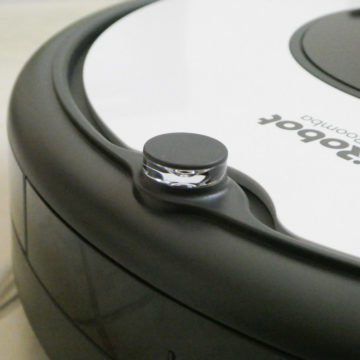
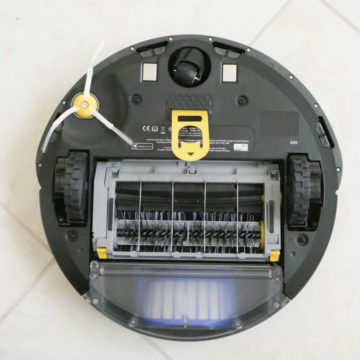
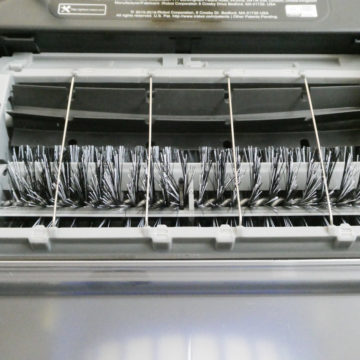
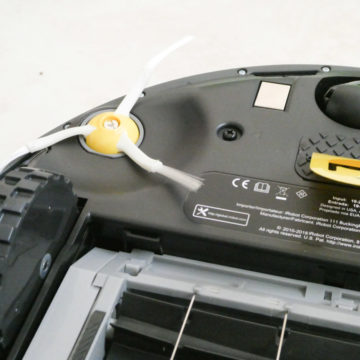
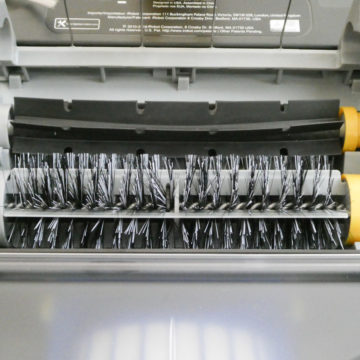
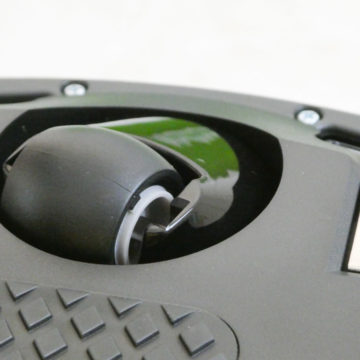
How are they doing
Here the comparison becomes more interesting because each has something more that the other does not have and which makes them better than the other in two different fields of applications.
Let's start with the brush system: the Roomba has a double brush on the bottom and a single rotating brush at the corner, while for the Deebot it is the opposite, i.e. there is only one brush underneath and two rotating brushes on the sides.
Thanks to the latter, the Ecovacs solution works better in the dirt collection phase because it manages to direct it uniformly in the center, towards the suction nozzle: the Roomba instead has only one and sometimes, following it on sight, we have happened to see that instead of attracting dirt, he shot it away from the opposite side.
The double brush on the bottom, however, guarantees greater cleaning of the dirt that surmounts, especially that perhaps a little more encrusted.
However, there is one thing to say: these are appliances that normally need to be turned on once a day, so the dirt they collect is reduced every day. In case you decide to use them occasionally then the Roomba could have the better, taking into account that you have to give it more hours of cleaning.
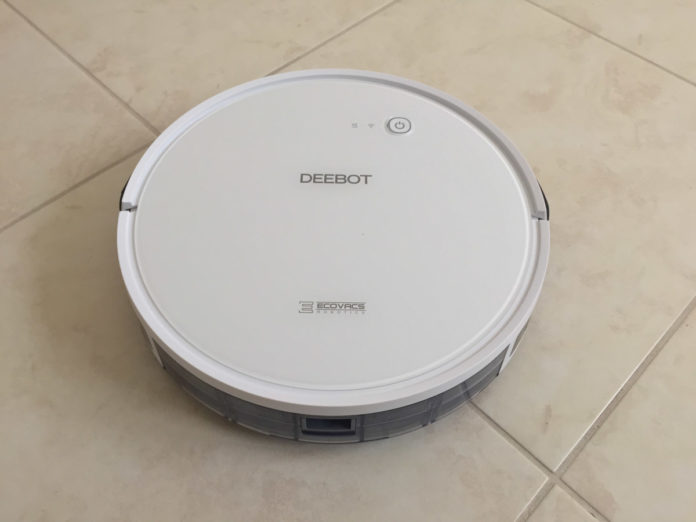
The reason for this statement is to be linked to the intelligence of the system adopted by one and the other. As already extensively explained in the review, the Ecovacs Deebot uses an intelligent navigation system which, despite the absence of the mapping module of the house, still allows it to move “in a serpentine” way and therefore to cover the entire surface without forgetting not even a corner of the house.
The Roomba, on the other hand, like many other old-fashioned automatic vacuum cleaners, moves completely randomly and therefore needs prolonged use to make sure that it covers as much space as possible (and it does not necessarily pass everywhere even with two passes, especially in rather large houses and apartments).
Another point in favor of the Deebot must be traced back to the presence of a remote control for remote control. Roomba starts up by pressing the power button located in the center of the top surface and there is no possibility to manually control the cleaning. With the Deebot, on the other hand, it is possible to direct the robot where you prefer, thus speeding up the cleaning of small areas and temporary activations (for example, the collection of crumbs after shaking the tablecloth in a corner of the house).
The Roomba, however, has a dirt recognition system that allows it to increase the suction power when it detects in greater quantities in specific points (according to our tests, it is activated above all when it passes on the carpets), so there is greater probability that cleans better in some areas.
Both vacuum cleaners are equipped with the return to base system when the battery is about to run out while the Deebot in addition has the wet cleaning we told you about in the review (and it didn't convince us very much).
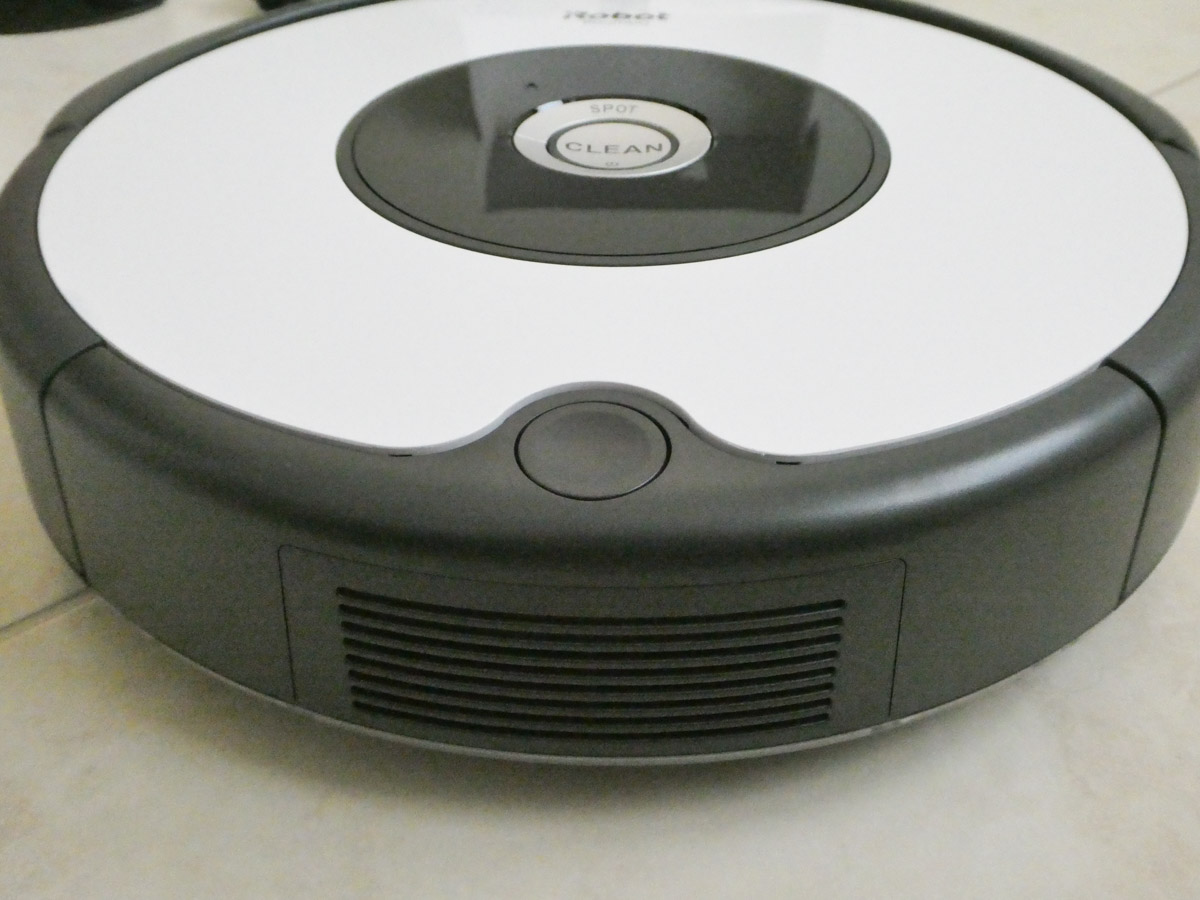
Conclusions
As widely explained, the comparison can only be won by Deebot, especially for the intelligent mode that allows you to organize a complete cleaning path even without the use of mapping systems. But if this is not enough to judge the victory then it is enough to know that in addition the Deebot has the possibility of being programmed: that is, you can choose a time for the automatic start in such a way as to be sure that every day, in at a given time of day, you can start cleaning the floor yourself.
Another thing, less fundamental to decree the victory: in the Deebot 605 there is also the WiFi that allows you to manage the programming and the various functions even remotely, without having to use the remote control.
Price to the public
Generally the price between the two is almost overlapping. At the time of writing there is a small difference against the Deebot, which still remains the best solution between the two for all the reasons that we have widely explained to you. If you want to buy one or the other, however, know that both are for sale on Amazon: the Roomba 605 costs 180 euros (the list price is 270 euros) while the Deebot 605 is on offer at 230 euros (normally it costs 320 euros).





